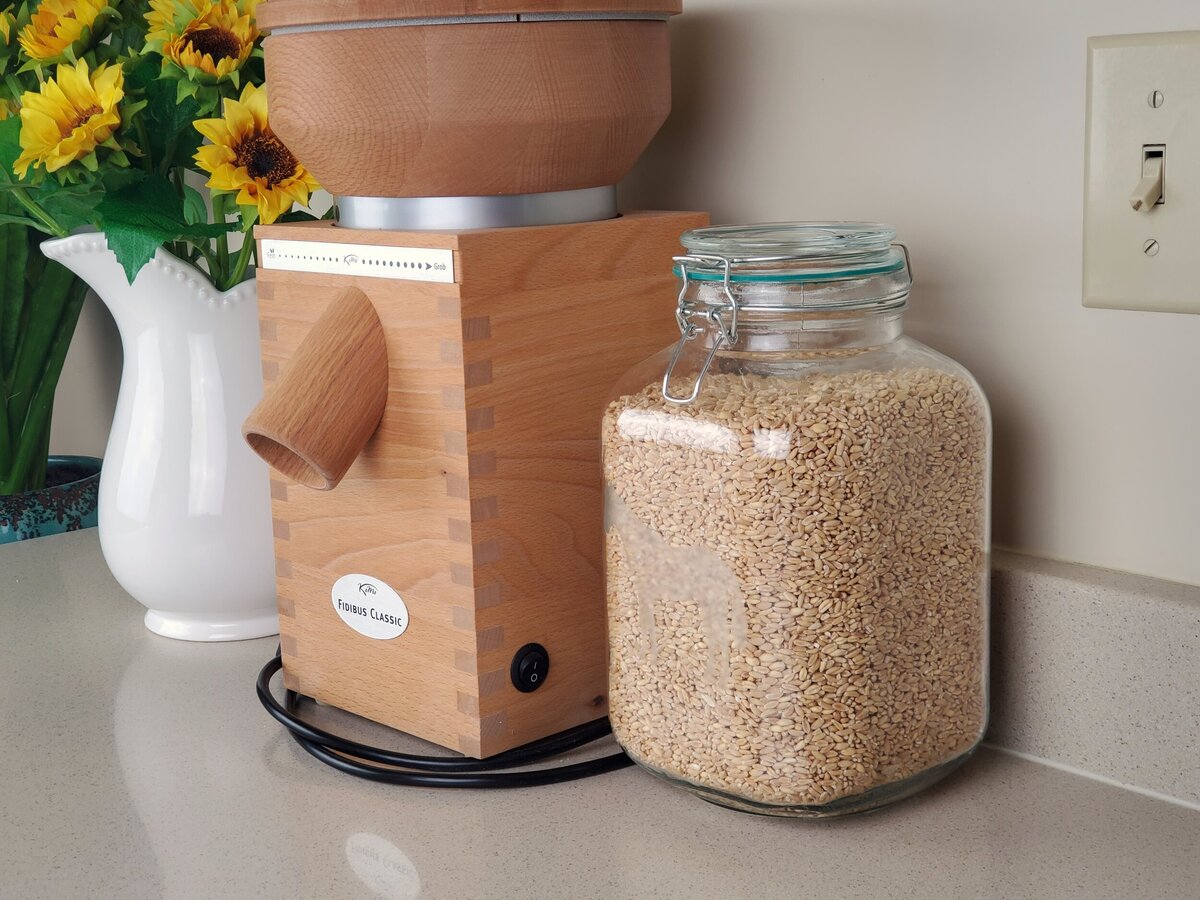

Articles
How To Store Wheat Berries
Modified: December 7, 2023
Learn the best methods for storing wheat berries in this informative article. Discover tips and tricks to keep your wheat berries fresh and flavorful for longer periods of time.
(Many of the links in this article redirect to a specific reviewed product. Your purchase of these products through affiliate links helps to generate commission for Storables.com, at no extra cost. Learn more)
Introduction
Storing wheat berries is a smart and economical way to ensure a long-term supply of this nutritious grain. Whether you are a prepper, a homesteader, or simply someone looking to save money and reduce food waste, learning how to properly store wheat berries is essential.
Wheat berries are the whole, unprocessed kernels of wheat. They are rich in nutrients and fiber, making them a valuable staple food item. Proper storage of wheat berries can extend their shelf life for several years, ensuring you always have a fresh and reliable source of grain.
In this article, we will explore the benefits of storing wheat berries, guide you through the process of choosing and buying them, provide tips on cleaning and preparation, explain suitable storage containers and optimal storage conditions, as well as discuss how to avoid pest infestations and properly monitor and rotate your stored wheat berries.
By following these guidelines, you can confidently build a stockpile of wheat berries and be prepared for any situation that may arise, such as food shortages, emergencies, or even a simple desire to have a homegrown and homemade source of grain.
So, let’s dive in and discover everything you need to know about storing wheat berries!
Key Takeaways:
- Storing wheat berries offers cost savings, nutritional benefits, and self-sufficiency. Proper cleaning, airtight containers, and optimal storage conditions are key to preserving their quality and versatility.
- Choosing high-quality wheat berries, vigilant monitoring, and creative culinary exploration maximize the benefits of stored wheat berries. Embrace self-sufficiency, cost savings, and nutritious culinary creations with this valuable staple grain.
Read more: How To Store Wheat Berries Long Term
Benefits of Storing Wheat Berries
Storing wheat berries offers a range of benefits that go beyond simple convenience. Here are some of the main advantages:
- Cost savings: Buying wheat berries in bulk is often more economical than purchasing pre-packaged flour. By storing wheat berries, you can take advantage of lower prices and save money in the long run.
- Long shelf life: Wheat berries have an impressive shelf life when stored properly. Sealed in airtight containers and kept in optimal conditions, they can last for several years without losing their nutritional value or flavor.
- Nutritional value retention: By storing wheat berries, you can ensure that you have access to a nutrient-dense food source. Unlike processed flour, which loses some of its nutritional content over time, whole wheat berries retain their vitamins, minerals, and fiber.
- Flexibility in milling: With stored wheat berries, you have the option to freshly mill your own flour whenever needed. Freshly milled flour has a superior taste and nutritional value compared to store-bought flour, which often undergoes refining processes that strip away nutrients.
- Preservation of heirloom varieties: Storing wheat berries allows you to preserve and grow heirloom varieties, which may be hard to find or endangered. By implementing proper storage techniques, you can safeguard these precious seeds for future generations.
- Self-sufficiency: Having a stockpile of wheat berries provides a sense of self-sufficiency and peace of mind, knowing that you have a reliable source of food during emergencies or times of scarcity.
From financial savings to nutritional benefits and the preservation of heirloom varieties, storing wheat berries offers a multitude of advantages. Whether you are concerned about future food security or simply want to enjoy the freshest and most nutritious flour, learning how to store wheat berries is a valuable skill.
Choosing and Buying Wheat Berries
When it comes to choosing and buying wheat berries, there are a few factors to consider to ensure you get the best quality product:
- Variety: There are several different varieties of wheat berries available, each with its own unique characteristics and flavors. Some popular varieties include hard red wheat, soft white wheat, and durum wheat. Consider your intended use and personal preferences when selecting a variety.
- Source: It’s important to buy wheat berries from a reputable source to ensure quality and freshness. Look for trusted suppliers that specialize in grains and have a good reputation for providing clean and high-quality products.
- Organic vs. conventional: Consider whether you want to buy organic or conventional wheat berries. Organic options are grown without the use of synthetic pesticides and fertilizers, making them a healthier choice for you and the environment.
- Quality: Check for any signs of damage or moisture when buying wheat berries. They should be clean, free from debris, and have a uniform color. Avoid purchasing wheat berries that appear discolored, have a musty smell, or show signs of insect infestation.
- Packaging: Wheat berries are commonly sold in bulk or in sealed packages. If buying in bulk, ensure that the containers are clean and tightly sealed to prevent moisture and pest infiltration. If opting for packaged wheat berries, check the expiration date and ensure that the packaging is intact.
Additionally, consider the quantity of wheat berries you need based on your storage capacity and usage. It’s recommended to start with a manageable amount that you can comfortably store and rotate to maintain freshness.
By carefully selecting and purchasing your wheat berries, you can lay a strong foundation for successful long-term storage and optimal quality of your grains.
Proper Cleaning and Preparation
Before storing wheat berries, it is essential to clean and prepare them to remove any impurities and ensure their longevity. Follow these steps for proper cleaning and preparation:
- Inspect and sort: Spread out the wheat berries on a clean surface and visually inspect them. Remove any damaged, discolored, or shriveled grains, as well as any foreign particles or debris.
- Rinse: Place the wheat berries in a colander and rinse them thoroughly under cool running water. This will help remove any residual dirt or dust.
- Soak: Soaking the wheat berries overnight can aid in their digestion and reduce cooking time. Place the cleaned grains in a bowl and cover them with water. Allow them to soak for at least 8 hours or overnight.
- Drain: After soaking, drain the water from the wheat berries using a fine-mesh strainer or colander.
- Dry: Spread the drained wheat berries in a thin layer on a clean towel or baking sheet. Allow them to air dry completely before storing. It’s important to ensure they are completely dry to prevent moisture buildup and potential spoilage.
It’s worth mentioning that some people choose to sprout their wheat berries before storage. Sprouting increases the nutritional content and digestibility of the grains. If you opt for sprouting, follow specific sprouting instructions and allow the wheat berries to dry thoroughly before storing.
By following these cleaning and preparation steps, you can ensure that your stored wheat berries are free from impurities and ready for long-term storage.
Suitable Storage Containers
The choice of storage containers for your wheat berries is crucial in maintaining their freshness and protecting them from pests and moisture. Here are some suitable storage container options:
- Airtight containers: Opt for airtight containers, such as food-grade plastic buckets with gamma lids, glass jars with tight-fitting lids, or metal containers with rubber gaskets. These containers prevent moisture, air, and pests from entering and spoiling the wheat berries.
- Mylar bags: Mylar bags are a popular choice for long-term storage of grains. These thick, foil-like bags create a barrier against moisture, oxygen, and pests. They can be sealed with a heat sealer to ensure maximum protection.
- Vacuum-sealed bags: Vacuum-sealed bags are another effective option for storing wheat berries. By removing the air from the bags, you can prolong the shelf life of the grains and protect them from pests and spoilage.
- Food-grade buckets: Food-grade plastic buckets with tight-fitting lids are an affordable and practical choice for storing larger quantities of wheat berries. Make sure the buckets are clean, dry, and made of food-safe materials.
When selecting storage containers, it’s essential to consider the capacity that suits your needs. It’s generally recommended to divide your wheat berries into smaller portions rather than storing them all in one container. This allows you to access only the amount you need while keeping the rest sealed and protected.
Label each container with the date of storage and the type of wheat berries to easily track their freshness and variety. Additionally, store the containers in a cool, dry, and dark area, away from direct sunlight and extreme temperature fluctuations.
By choosing suitable storage containers, you can ensure that your wheat berries are well-protected, preserving their quality and extending their shelf life.
Store wheat berries in an airtight container in a cool, dark place, such as a pantry or cupboard. This will help to preserve their freshness and prevent them from spoiling.
Read more: How To Cook Wheat Berries In A Rice Cooker
Optimal Storage Conditions
Creating the ideal storage conditions for your wheat berries is crucial in maintaining their quality and extending their shelf life. Follow these guidelines to ensure optimal storage conditions:
- Temperature: Wheat berries should be stored in a cool environment with a consistent temperature. Ideally, the storage area should be kept between 50°F and 70°F (10°C to 21°C). Avoid storing them in areas prone to temperature fluctuations, such as near heaters or in direct sunlight.
- Humidity: The storage area should have low humidity levels to prevent moisture absorption, which can lead to mold growth and spoilage. Aim for a relative humidity of about 10% to 15%. Consider using silica gel packets or moisture absorbers in the storage containers to maintain dry conditions.
- Avoid exposure to light: Light can cause the degradation of nutrients in wheat berries. Store them in opaque containers or keep the containers in a dark area to prevent light exposure.
- Ventilation: Proper airflow is essential to prevent the build-up of moisture and to keep the wheat berries fresh. Avoid storing wheat berries in airtight containers without proper ventilation, as this can result in moisture retention and potential spoilage.
It is important to note that wheat berries are less sensitive to temperature and humidity compared to flour, but providing optimal storage conditions will help maintain their quality and nutritional value for a longer period.
Regularly inspect your storage area to ensure it remains clean, dry, and free from pests. Check the containers for any signs of moisture or insect infestation. If you detect any issues, address them promptly to prevent further damage to your stored wheat berries.
By following these optimal storage conditions, you can maximize the shelf life of your wheat berries and ensure they remain fresh and usable for an extended period.
Avoiding Pest Infestations
Pests can pose a major threat to the quality and viability of stored wheat berries. To prevent infestations, follow these steps to protect your grains:
- Start with clean grains: Ensure that the wheat berries you purchase are free from any signs of insects or pests. Inspect them thoroughly before storing and remove any damaged or contaminated grains.
- Properly seal containers: Use airtight containers to store your wheat berries. Ensure that the containers have tight-fitting lids or seals to prevent pests from entering and contaminating the grains.
- Avoid moisture: Moisture can attract pests and promote their growth. Keep your stored wheat berries dry by ensuring they are fully dried before storage and storing them in a cool, dry location.
- Use pest deterrents: Consider using natural pest deterrents, such as bay leaves, cinnamon sticks, or diatomaceous earth, in your storage containers. These items can help repel and deter insects from infesting your wheat berries.
- Frequently inspect your storage area: Regularly check your storage area for signs of pest activity. Look out for any holes, droppings, or insects near your wheat berry containers. Early detection can help prevent infestations from spreading.
- Rotate your stock: Use the FIFO (first in, first out) method when consuming your stored wheat berries. This ensures that older grains are used first, reducing the risk of infestations from developing in older batches.
- Practice good hygiene: Keep your storage area clean and free from food debris. Regularly clean the storage containers and the surrounding area to eliminate any food sources that may attract pests.
If you notice any signs of pests or suspect an infestation in your stored wheat berries, it is crucial to take immediate action. Dispose of contaminated grains and thoroughly clean and sanitize the storage containers and the surrounding area to prevent further spread of pests.
By implementing these measures, you can significantly reduce the risk of pest infestations and preserve the integrity of your stored wheat berries.
Monitoring and Rotating Wheat Berries
Proper monitoring and rotation of your stored wheat berries are essential to ensure their freshness and prevent spoilage. Follow these guidelines to effectively monitor and rotate your grains:
- Regular inspections: Periodically inspect your stored wheat berries for any signs of moisture, pests, or spoilage. Check for unusual odors, discoloration, or insect activity. Early detection can help you address any issues before they escalate.
- Record keeping: Keep a record of the date of storage and the type of wheat berries stored. This will help you track the age of your grains and ensure you use the oldest stock first.
- Rotate stock using FIFO: Follow the FIFO (first in, first out) principle when consuming your wheat berries. When you need to use grains, always take from the oldest batch first to maintain freshness. This practice helps prevent the accumulation of old stock and ensures that your wheat berries are used before their shelf life expires.
- Regularly use and replenish: Incorporate your stored wheat berries into your regular cooking and baking routine. This not only ensures that your grains are being used but also helps you familiarize yourself with the taste and quality of the stored product.
- Keep track of supply: Monitor the quantity of wheat berries you have stored. Have a rough estimate of how long your current supply will last so you can plan for replenishment in a timely manner.
- Rotate storage containers: It’s a good practice to rotate the containers themselves as well. When using up a batch of wheat berries, clean and sanitize the storage container before refilling it with fresh grains. This helps maintain cleanliness and reduces the risk of cross-contamination.
By consistently monitoring your stored wheat berries and practicing rotation, you can ensure that the grains are used before they lose their quality or nutritional value. It also helps you stay organized and maintain a fresh and reliable supply of wheat berries at your disposal.
Remember, proper monitoring and rotation are key to making the most of your stored wheat berries and avoiding waste or spoilage.
Using Stored Wheat Berries
Stored wheat berries can be a versatile ingredient in a variety of culinary creations. Here are some ways you can use your stockpile of wheat berries:
- Milling your own flour: One of the major advantages of storing wheat berries is the ability to mill your own flour. Invest in a grain mill or use a high-powered blender to grind the wheat berries into fresh flour. This freshly ground flour can be used in bread, pasta, pancakes, and other baked goods.
- Cooking whole wheat berries: Whole wheat berries can be cooked and used in both savory and sweet dishes. To cook them, rinse and soak the berries overnight, then boil them in water or broth until tender. Cooked wheat berries can be added to salads, stews, soups, pilafs, or even used as a substitute for rice or couscous.
- Sprouting: Sprouting wheat berries before using them can unlock their nutritional potential. After sprouting, the wheat berries can be tossed into salads, added to sandwiches, or used in stir-fries for an added crunch and health boost.
- Grain salads and side dishes: Cooked wheat berries make a great base for grain salads. Toss them with your favorite vegetables, herbs, and dressing for a wholesome and satisfying meal. They can also be used as a side dish alongside roasted vegetables, grilled meats, or sautéed greens.
- Baking: Incorporate wheat berries into your baked goods for added texture and nutrition. Add cooked wheat berries to muffins, cookies, quick breads, or granola bars for a unique twist.
- Cereal and porridge: Cooked wheat berries can be enjoyed as a hot cereal or porridge for a hearty and nourishing breakfast. Top with your favorite fruits, nuts, and sweeteners for added flavor.
Experiment with different recipes and variations to fully enjoy the versatility and nutritional benefits of stored wheat berries. Get creative in the kitchen and incorporate wholesome grains into your daily meals.
Remember to check the freshness and quality of your stored wheat berries before using them, and always follow proper food safety practices when handling and preparing your grains.
With your stock of stored wheat berries, you can elevate your culinary creations and enjoy the nutritious benefits of whole grains in your diet.
Conclusion
Storing wheat berries is a valuable skill that provides numerous benefits, including cost savings, long shelf life, retention of nutritional value, and the ability to mill your own fresh flour. By following proper cleaning, preparation, and storage techniques, you can ensure the longevity and quality of your wheat berries.
Choosing high-quality wheat berries from reputable sources and using suitable storage containers that provide airtight seals are essential steps in preventing moisture, pests, and contamination. Optimal storage conditions, including maintaining a cool and dry environment, proper ventilation, and protection from light, contribute to the preservation of your wheat berries.
Vigilant monitoring and rotation of your stored wheat berries help ensure their freshness and prevent spoilage. By practicing FIFO and conducting regular inspections, you can use your oldest stock first and address any issues promptly.
With your stockpile of wheat berries, the culinary possibilities are endless. Whether you’re milling your own flour, cooking whole wheat berries for savory dishes or sprouting them for added nutrition, you’ll enjoy the versatility and nutritional benefits of this valuable staple grain.
By mastering the art of storing wheat berries, you’ll have peace of mind knowing that you’re well-prepared, saving money, and incorporating wholesome grains into your diet. So start building your stockpile and embark on a culinary journey with the abundance of possibilities that stored wheat berries offer!
Frequently Asked Questions about How To Store Wheat Berries
Was this page helpful?
At Storables.com, we guarantee accurate and reliable information. Our content, validated by Expert Board Contributors, is crafted following stringent Editorial Policies. We're committed to providing you with well-researched, expert-backed insights for all your informational needs.

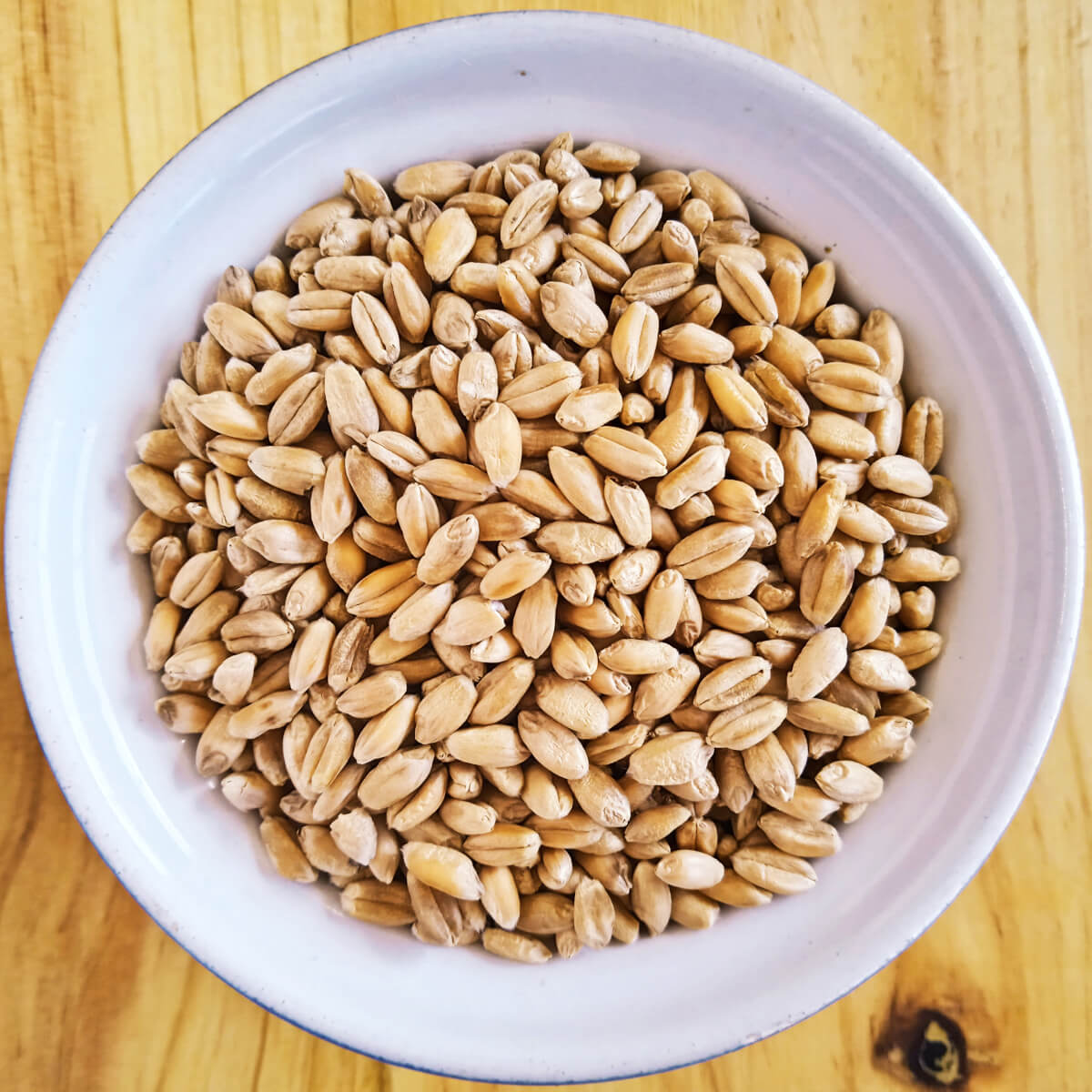


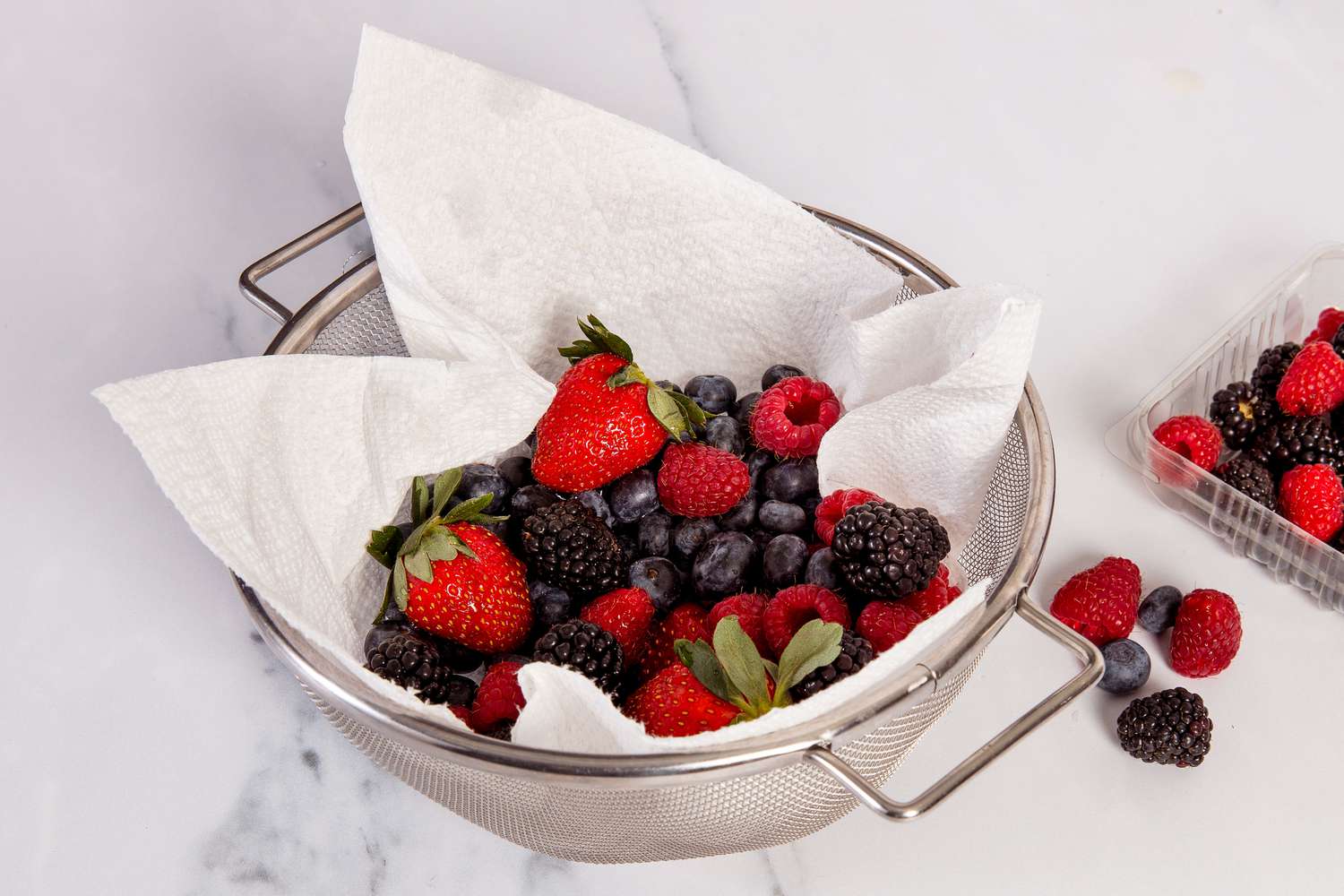

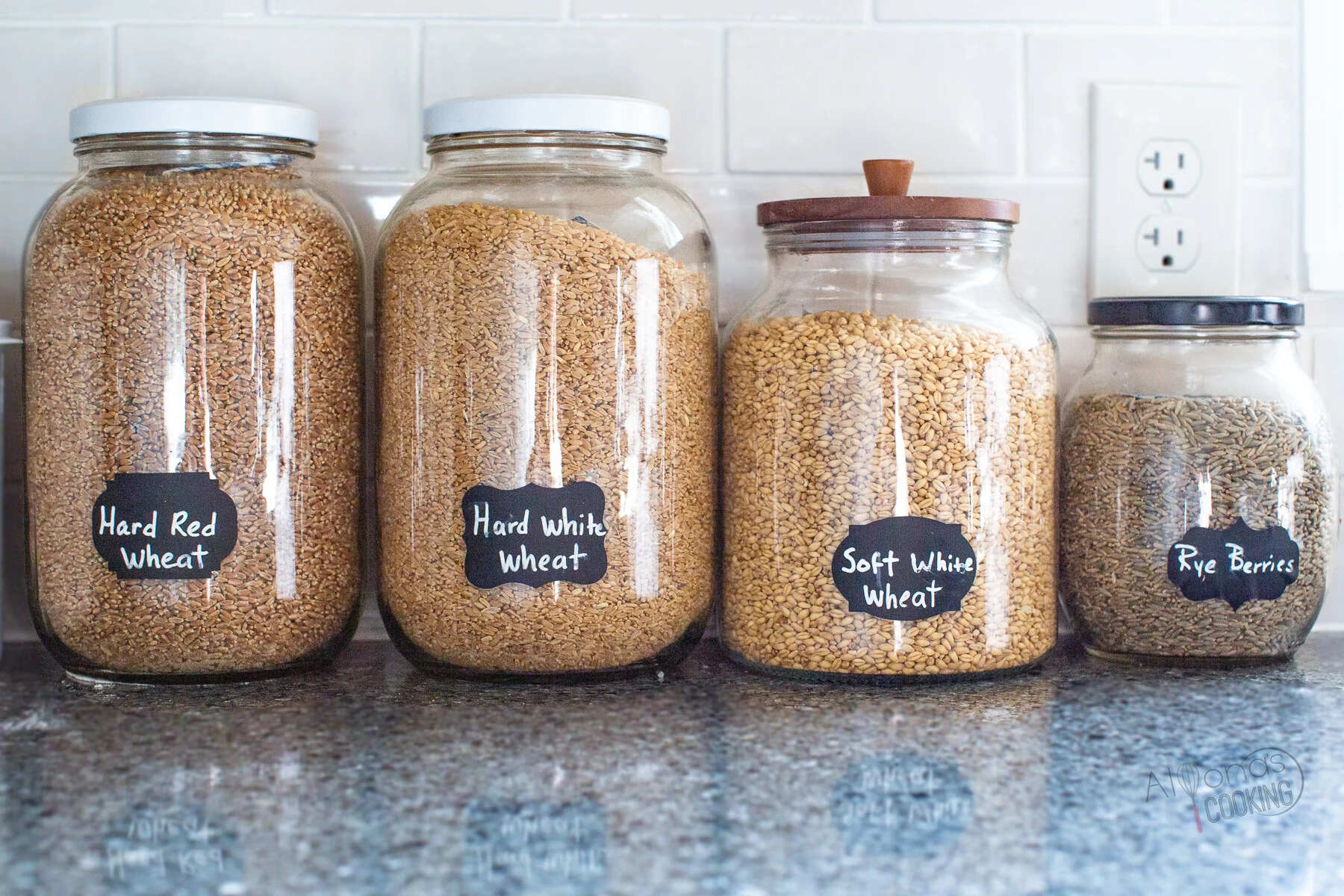




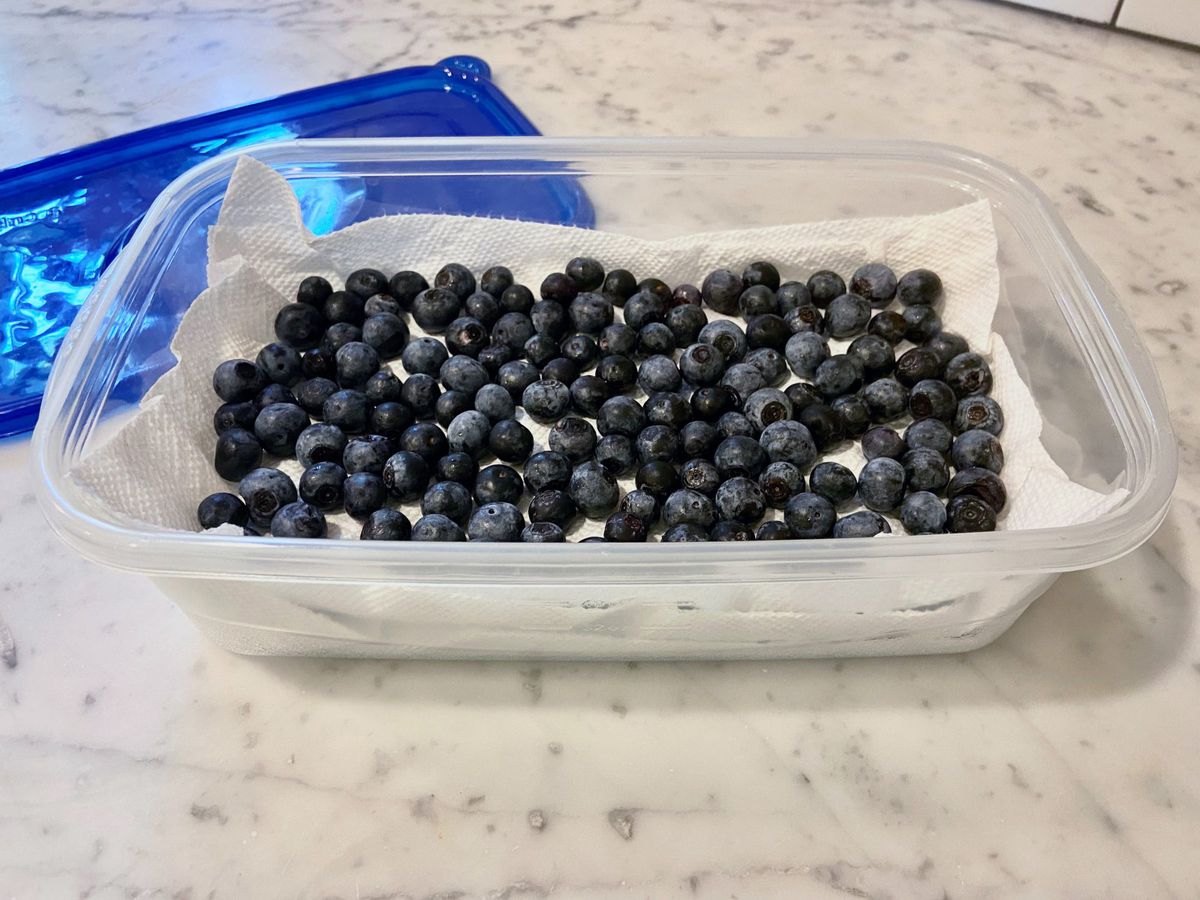
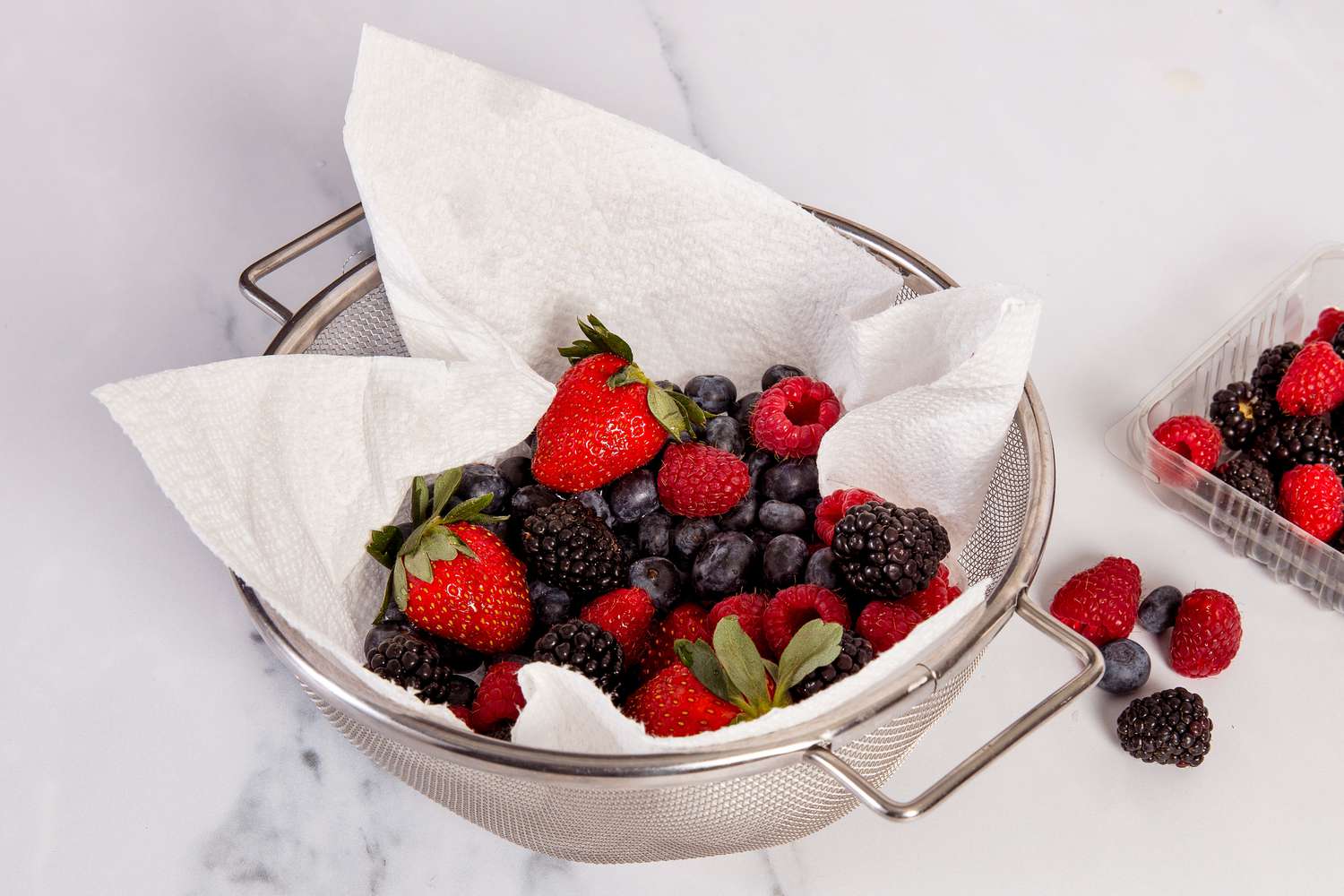

0 thoughts on “How To Store Wheat Berries”